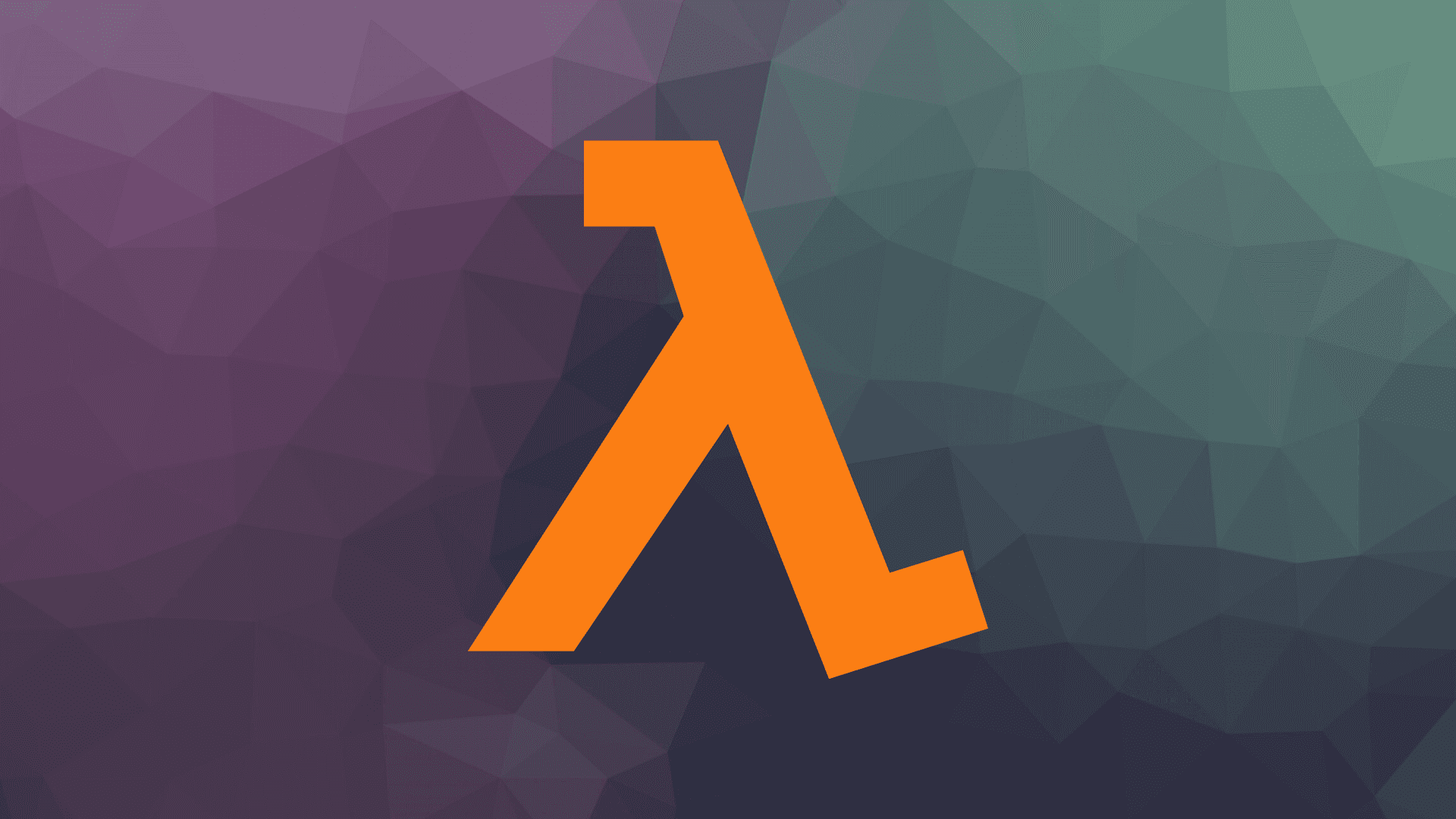6 min to read
Securing the Future: Embracing New Paradigms in Software Automation for Enhanced Cybersecurity
Navigating the Shift Toward Memory-Safe Practices and Quantifiable Security Metrics in Automation Technologies

Last month, the White House published a technical report titled “Back to the Building Blocks: A Path Toward Secure and Measurable Software” [1] providing a strategy for enhancing cybersecurity through fundamental changes in software development practices. This initiative currently aligns with President Biden’s National Cybersecurity Strategy, which emphasizes responsibility for cyberspace defense and realigning incentives to promote long-term cybersecurity investments. In this article, we will provide a brief summary of the technical report and we will explore how it presents a vision for the future of cybersecurity that has several important implications for the software automation industry.
Key Insights from the Technical Report
Some of the key insights from the technical report include the following topics:
Rebalancing Cybersecurity Responsibility: It mentions the need for software and hardware creators to play a proactive role in securing cyberspace’s foundational elements, particularly by addressing memory safety vulnerabilities. This includes the use of memory-safe programming languages (neither C, nor C++) and exploring hardware architecture and formal methods as complementary strategies.
Improving Software Measurability: The report supports for the development of accurate cybersecurity quality metrics to enable better decision-making by manufacturers, consumers, and policymakers. This involves tackling the complex challenge of software measurability, a task that requires innovative approaches in software engineering and cybersecurity research.
Addressing Memory Safety: A significant portion of the document is dedicated to strategies for reducing memory safety vulnerabilities, which have been a persistent cybersecurity challenge. This includes the adoption of memory-safe programming languages (list of languages not provided, but addressed in a roadmap [2]), the exploration of memory-safe hardware solutions, and the application of formal methods to ensure software correctness.
Enhancing Cybersecurity Quality Metrics: By developing verifiable metrics to evaluate the cybersecurity quality of software, the report aims to shift market forces towards higher quality cybersecurity practices. This would inform decision-making and policy, ultimately leading to a more secure digital ecosystem.
A Proactive Approach from Software Developers: Software Devlopers can help identify the critical functions or libraries with risk and prioritize efforts to rewrite those first. Additionally, other techniques that Software Developers can implement include the use of formal methods (demonstrate correctness using mathematical techniques) which can be incorporated directly into the developer toolchain, and use formally verified core components in their software supply chain. As Developers build, test, and deploy software, the compiler can automate these mathematical proofs and verify that security conditions are met. By choosing secure software libraries (that can be verified), developers can ensure the components they are using are less likely to contain vulnerabilities.
Importance for the Software Automation Industry
Even if every known vulnerability in a software were to be fixed, it could be the case that there still remains undiscovered vulnerabilities across the software ecosystem which would present additional risks. A proactive approach that focuses on eliminating entire classes of vulnerabilities reduces the potential attack surface and results in more reliable code, less downtime, and more predictable systems. For the software automation industry, the implications of these strategies are very important:
Enhanced Security Through Memory Safety
- Direct Impact on Development Practices: The push towards memory-safe programming languages can significantly change the development practices within the software automation industry. Memory safety vulnerabilities are a common source of security issues. By adopting memory-safe languages, developers can reduce the risk of such vulnerabilities in automation tools and systems, leading to safer software products.
- Influence on Tool Selection and Use: For organizations that rely on software automation, the emphasis on memory safety could influence the selection of third-party tools and libraries, prioritizing those developed with memory-safe practices. This might lead to a market shift where vendors of automation tools that implement these safer practices gain a competitive advantage in the market.
Innovation in Automation Pathways
- Automated Security Assessments: The report’s focus on formal methods and the development of cybersecurity metrics could lead to innovations in how automation tools assess and improve the security of both their code and the software they interact with. For instance, new automated tools could emerge that are capable of performing formal verification of security properties in other software, making it easier to integrate secure software development practices into CI/CD pipelines.
- Integration with DevSecOps: The principles outlined in the report align well with the DevSecOps philosophy, which integrates security practices within the DevOps process. Software automation tools that can use secure coding practices and formal methods could become main components of DevSecOps, automating security checks and enforcement throughout the software development lifecycle.
Cloud Computing and Automation Cooperation
- Secure Cloud-Based Automation Services: The discussion on memory-safe hardware and secure software development has implications for Cloud Computing, particularly for cloud providers offering Automation as a Service (AaaS). These cloud providers could leverage secure building blocks to offer more resilient cloud-based automation services, reducing the risk of security vulnerabilities in highly scalable, distributed environments.
- Enhanced Cloud Security Posture: Automation tools that incorporate memory-safe programming and formal verification methods could play a critical role in enhancing the security posture of cloud environments. Automated security assessments, configuration management, and vulnerability detection can significantly contribute to a more secure Cloud Computing ecosystem.
Market Shifts Toward Secure Software
- Demand for Security Features: As cybersecurity quality metrics become more frequent, there will likely be a market shift toward software automation tools that not only offer good functionality, but also demonstrate strong security features. Tools that can prove their alignment to high-security standards may become more desirable and it cloud lead to influencing purchasing decisions.
- Role of Cybersecurity Metrics in Tool Evaluation: The development of verifiable metrics for evaluating cybersecurity quality could change how organizations select software automation tools. Tools might be ranked or certified based on their security metrics, hence influencing the industry to prioritize security in their development processes to meet customers demands.
Conclusion
The importance on secure software building blocks and the development of measurable cybersecurity metrics as outlined in the White House’s Technical Report could indicate a new era for the software automation industry. By adopting these strategies, the industry can improve the security and reliability of automation tools, leading to more innovation in automated security solutions, and aligning with bigger market shifts towards more secure software practices. This coordination not only promises a more secure digital ecosystem, but also presents opportunities for growth and innovation within the software automation sector, driving the industry towards a future where security and automation go stronger together.
References
[1] Back to the Building Blocks: A Path Toward Secure and Measurable Software, February 2024
[2] CISA Open Source Software Security Roadmap , September 2023



Comments